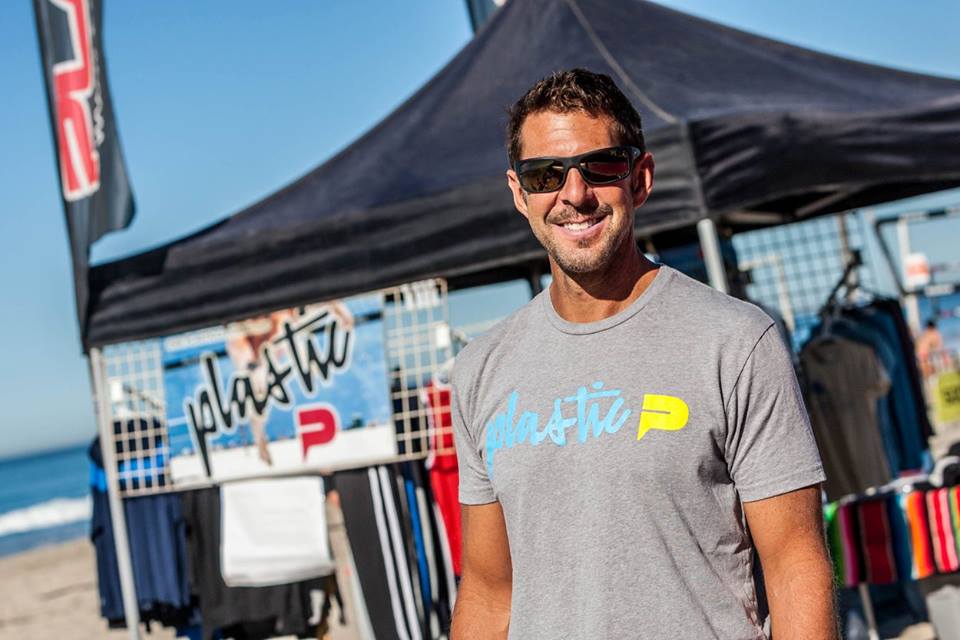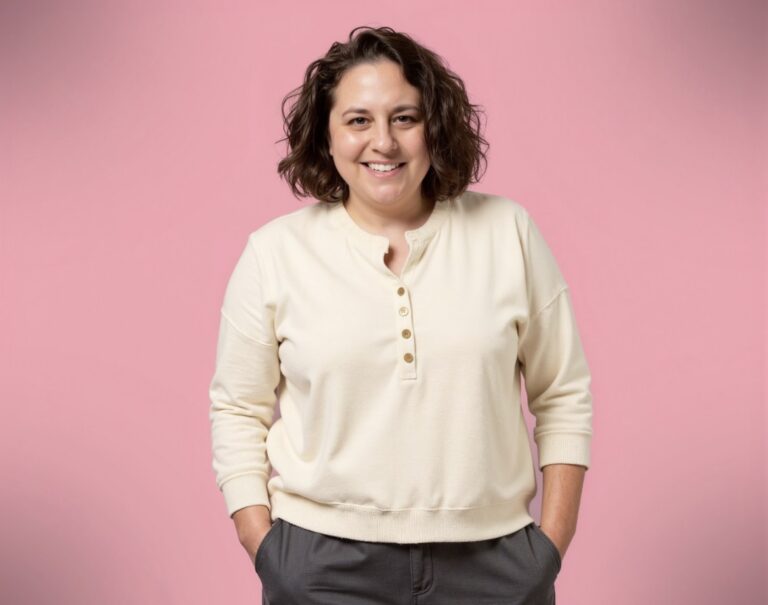We’re excited to introduce you to the always interesting and insightful Pauline Galiana. We hope you’ll enjoy our conversation with Pauline below.
Pauline, looking forward to learning from your journey. You’ve got an amazing story and before we dive into that, let’s start with an important building block. Where do you get your work ethic from?
I believe it simply comes from my acute sense of observation; observing my environment and the people around me. Our family had emigrated from Algeria during the war of independence. There was a lot of stress, the adults were busy creating a new safe life and my two older brothers were old enough to start school as soon as we arrived in France. Therefore I spent long hours by myself trying to decipher this new environment. Making sense of the chaos around me initiated a form of self-discipline as a survival tool. Making sense also became making things, digging into my immediate emotional and physical surroundings.
Retrospectively, I think it must have required a form of patience and an ability to organize all my observations, qualities which are vital for being an artist, in addition to a built-in desire to create.
However, I remember making the categorical decision, early in my education, of not becoming a fine artist because I wanted to be sure I could support myself. Soon after graduating, graphic arts in the prolific cultural field in France at that time gave me the chance to work right away and happily for diverse cultural institutions.
My graphic design practice reinforced my “innate” work ethics. When I took a sabbatical after ten years of visual art direction in Paris, I then moved to New York and I let my “artistic soul” out of the cage. And again, I had to observe my new environment and make things. Not speaking a word of English when I arrived, I pulled out my gouache painting kit, one of the few belongings that I brought with me and I started an ongoing series of paintings that I called Talkatives.
Since I use various tedious and time consuming processes for most of my artwork, to avoid the stress of repetitive small hand motions and also to stay away from monotony, I simultaneously work on different pieces requiring different techniques. That planning is a major part of my work ethic.
Additionally, I developed a consulting business to support myself.
So to say, there is always something on all the burners and in the oven.


Thanks for sharing that. So, before we get any further into our conversation, can you tell our readers a bit about yourself and what you’re working on?
I received my MFA at ESAG in Paris, and I hold a Christie’s art business certificate.
I practice graphic design, art consulting, and organization consulting, with my main focus being visual art.
My artwork has been exhibited at the American Embassy in Switzerland, FSU Museum of Fine Arts, Tallahassee, FL, New York Public Library, the Memorial Sloan Kettering Galleries, the Columbus Museum in Georgia, the Durham Arts Council in North Carolina, and Stadtmuseum Deggendorf in Germany, among other North American commercial galleries. My work is included in the collections of UBS, New York University, and the National Museum of Romanian Literature, where I won a 2018 Bibliophile Object-Book Biennale award, as well as in private collections in the US, Saudi Arabia, England, Australia, Mexico, France and Switzerland.
I engage simultaneously with a wide range of artistic practices, including collages, paintings, drawings, ephemeral installations, small-scale sculptures, performances, and videos. My work incorporates both noble and mundane materials. Regardless of the medium or method, my source materials are typically deconstructed, reconstructed, and hybridized. I waste nothing. My processes are obsessive and meditative, involving meticulous planning and patient execution.
Bridging the gap between fine art and everyday utilitarian objects and materials, I invite viewers to reconsider the boundaries of sustainability and reflect on conventional art forms.
I’m actively looking for opportunities for grants, and to exhibit and sell my work.
The art pieces should not stay too long in the studio.
Art doesn’t only live in the artist’s studio or and in museums, it can be licensed for film and television productions. It can belong to private and corporate collections.


Looking back, what do you think were the three qualities, skills, or areas of knowledge that were most impactful in your journey? What advice do you have for folks who are early in their journey in terms of how they can best develop or improve on these?
1. Show up to work every day. Some days I need a type of warm-up before doing creative work. In that case, I’ll clean up my workspace or do any kind of art-related administrative chores. Some other days, I’ll walk straight to my studio and work flows out of my hands right away. I have established different working tasks: artworks to be finished and archived, cleaning up of computer files, updating art inventories, other administrative chores, new art, and taking notes for future projects.
2. Be both patient and tenacious. In other words, be resilient! I always work simultaneously on different series, and I keep it out on the working table or the easel until it’s finished. When I get stuck on a piece, I can turn around, get a cup of tea or jump to another work waiting to be finalized.
3. Protect and resource yourself. Pay attention to the news sparingly. I don’t have the time to waste time. The sadness related to current events interferes with my creative energy. To prevent myself from drifting into a haze of anxiety, I practice what I call “Active Meditation” and do things to ground myself: go out, walk, see art, make art, talk to your friends, listen to music and listen to your community. Do whatever works for you to reconnect with your immediate environment.
I hope these help. What works for me might not work for someone else. Good solutions mostly come from within.


Okay, so before we go we always love to ask if you are looking for folks to partner or collaborate with?
Right now, I’m sort of a one-woman-band. But yes, there are two main ways I’m looking to collaborate.
The first is in making the work. I’d love to meet people who want to get out of their heads and get their hands moving. I’m looking for people who need an activity, folks who enjoy the fun of making things and learning new techniques. It could be art school students or retirement home residents, people from shelters, anyone who needs engagement and is open to try a new thing under my guidance.
I have many tactile projects on deck and would love to see my work through their eyes, and to get feedback on how to make it better.
Secondly, I welcome a collaborator to promote my work. I’d love to connect with an art agent who understands both my artistic vision and the current art market.
Contact Info:
- Website: https://www.paulinegaliana.com
- Instagram: https://www.instagram.com/paulinegaliana/
- Facebook: https://www.facebook.com/pauline.galiana
- Linkedin: https://www.linkedin.com/in/pauline-galiana-240403b/
- Other: https://vimeo.com/user41579259


Image Credits
Paul Takeuchi, Pauline Galiana, Sharon Spell
so if you or someone you know deserves recognition please let us know here.




